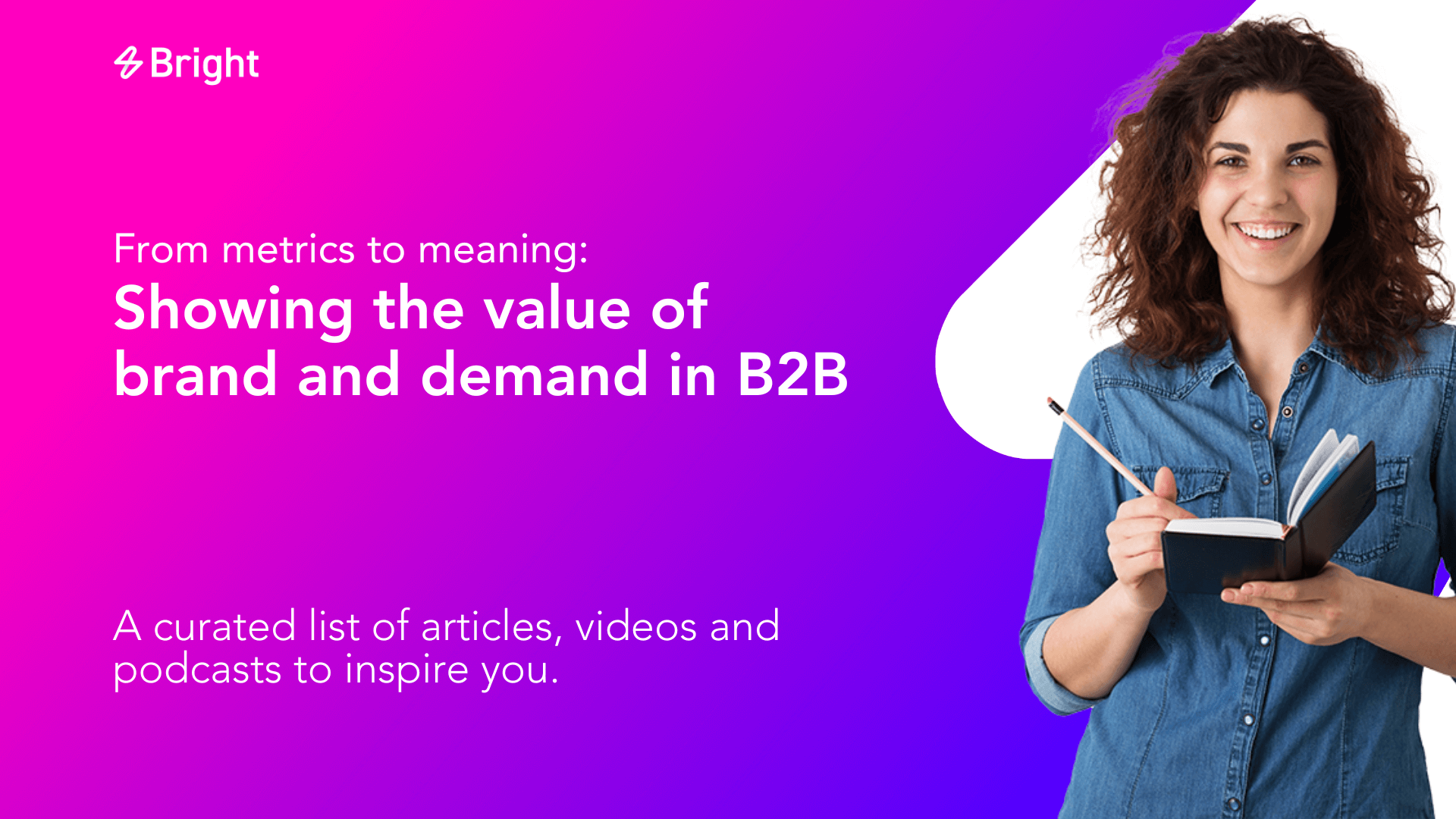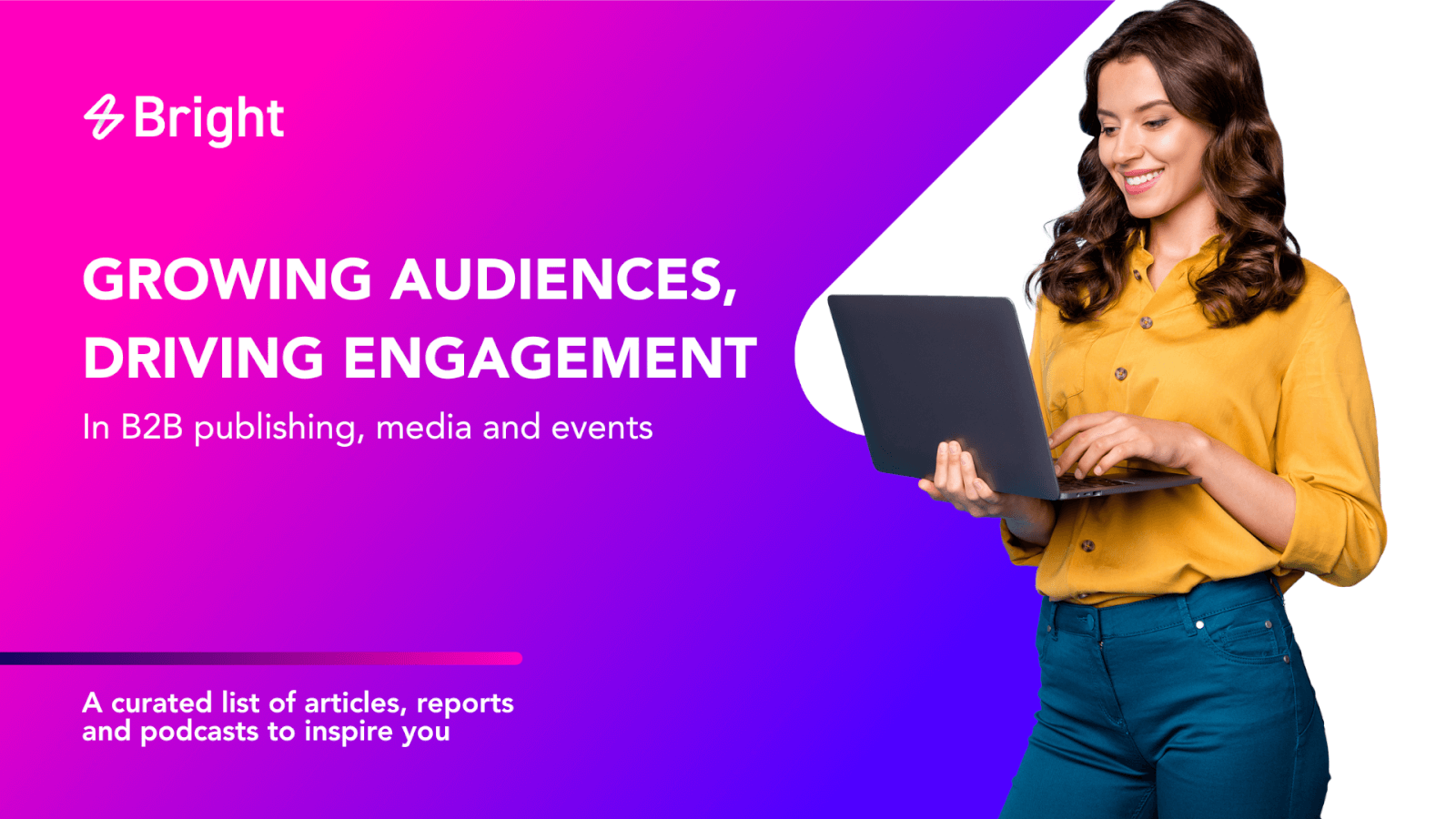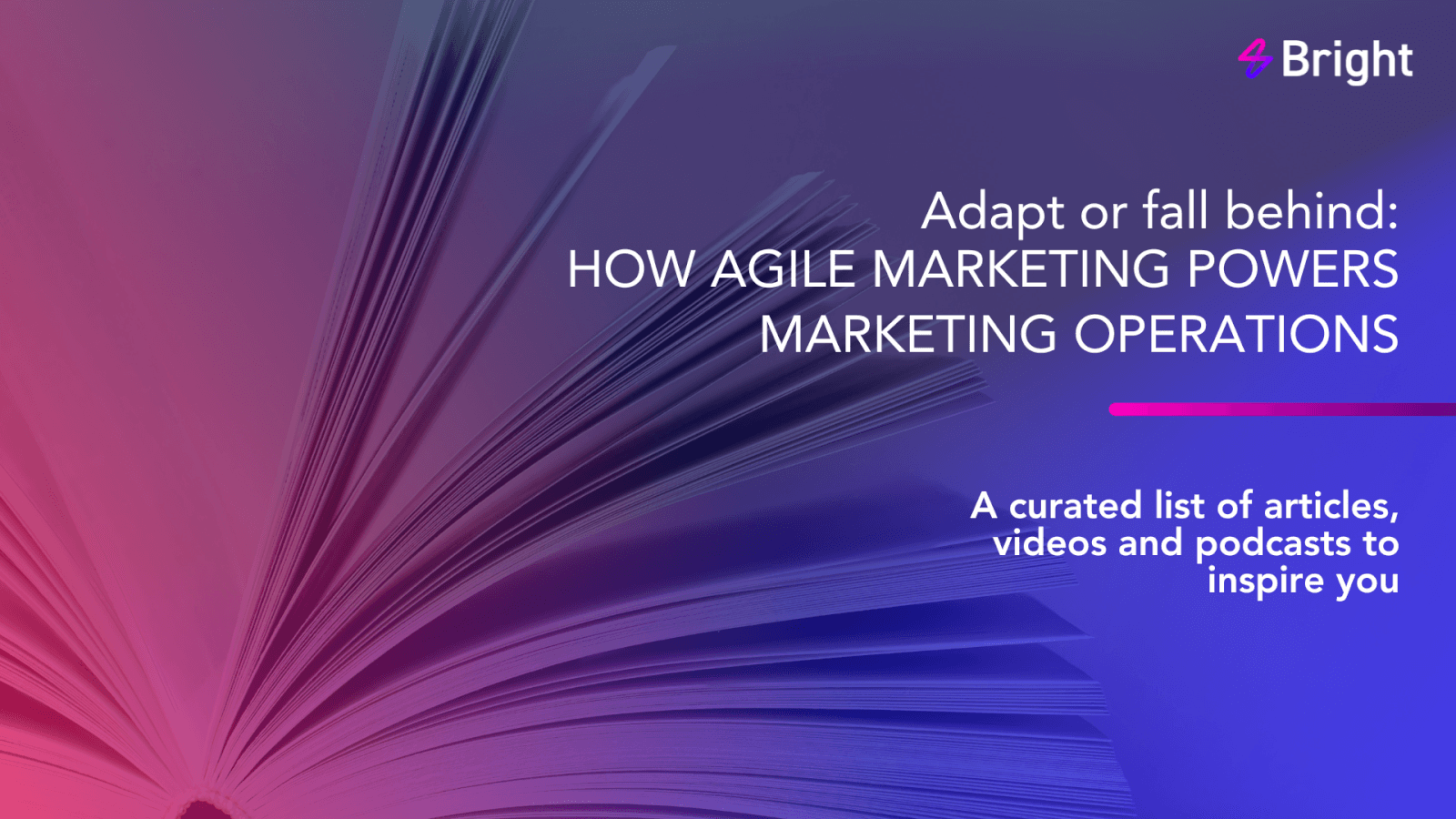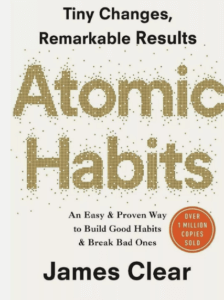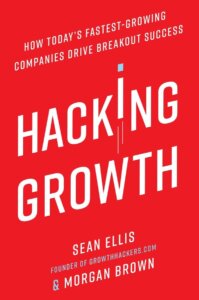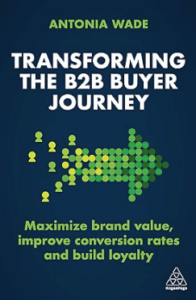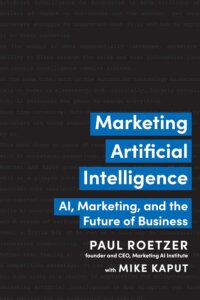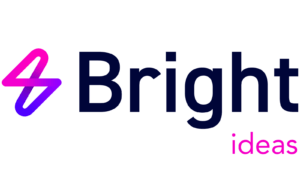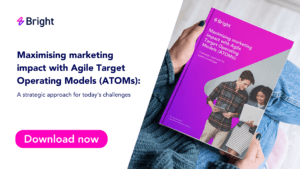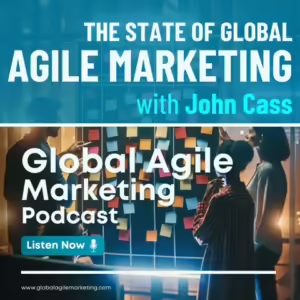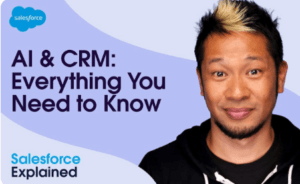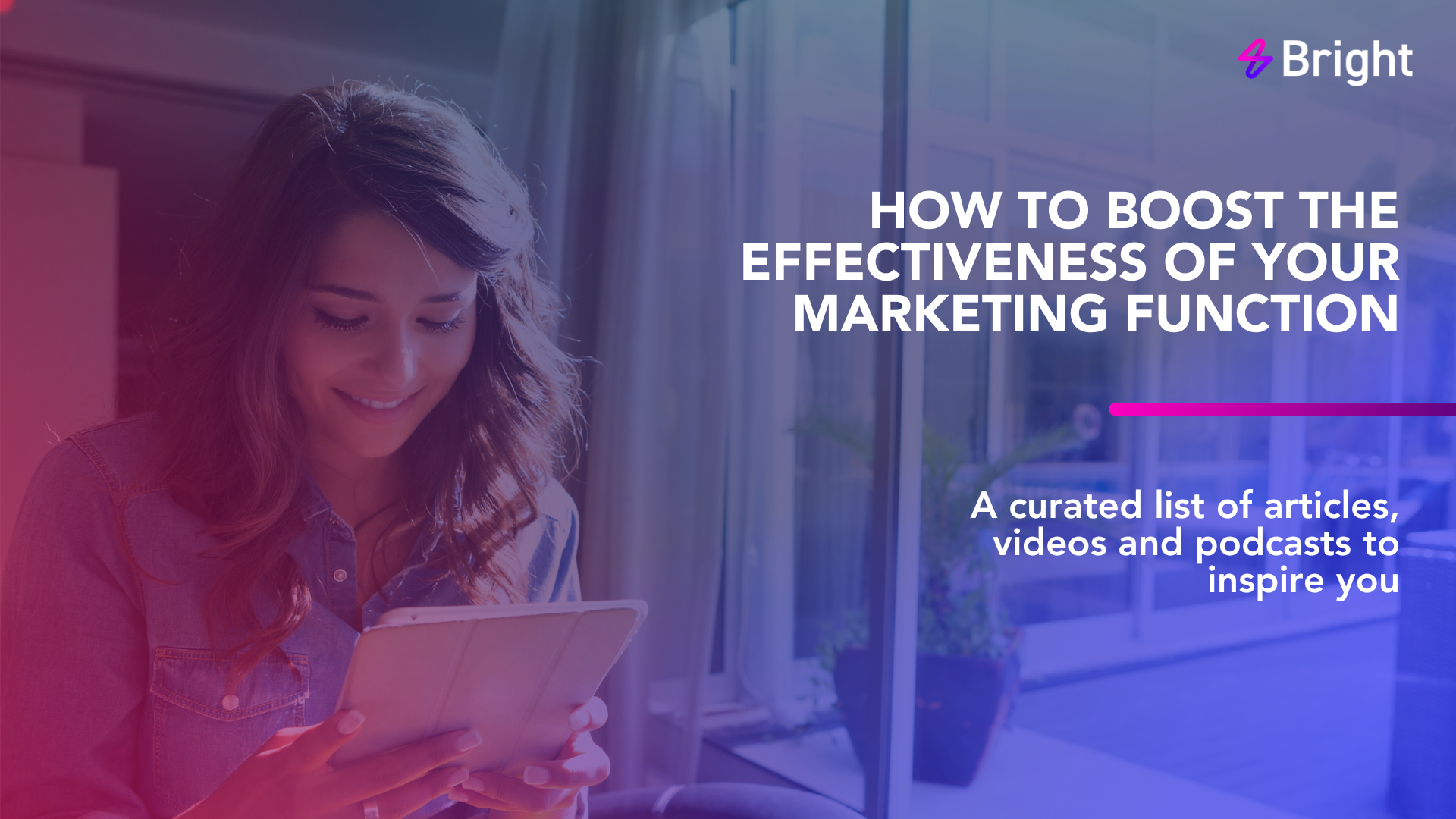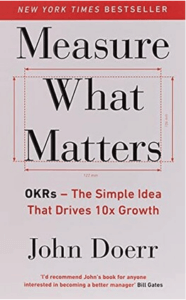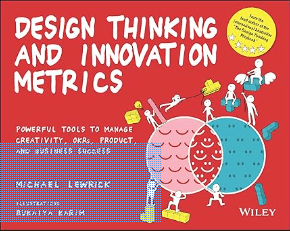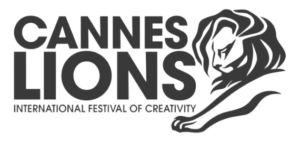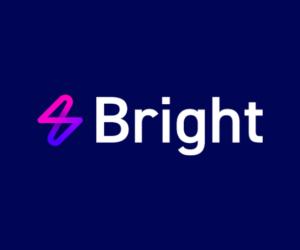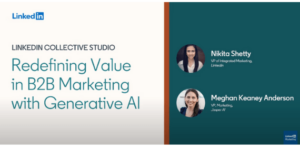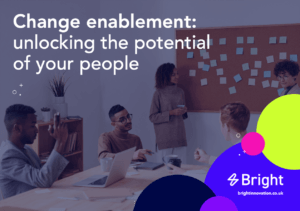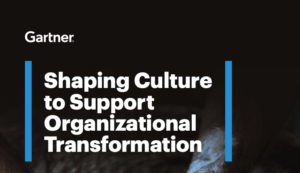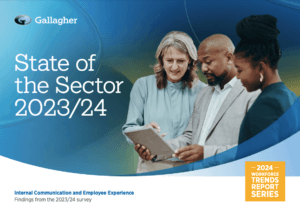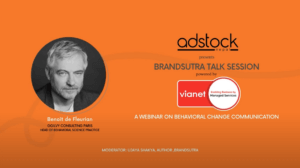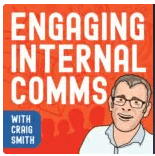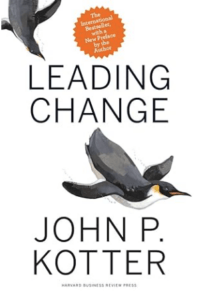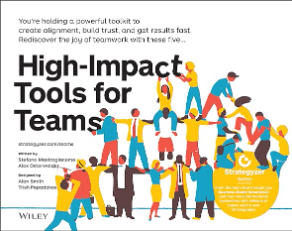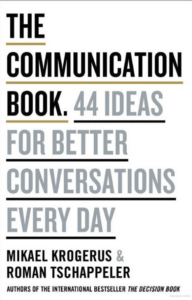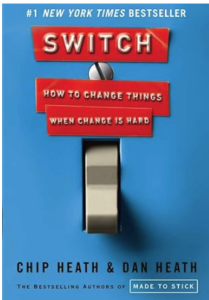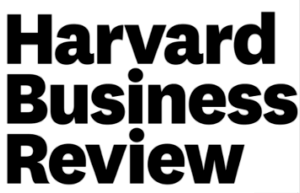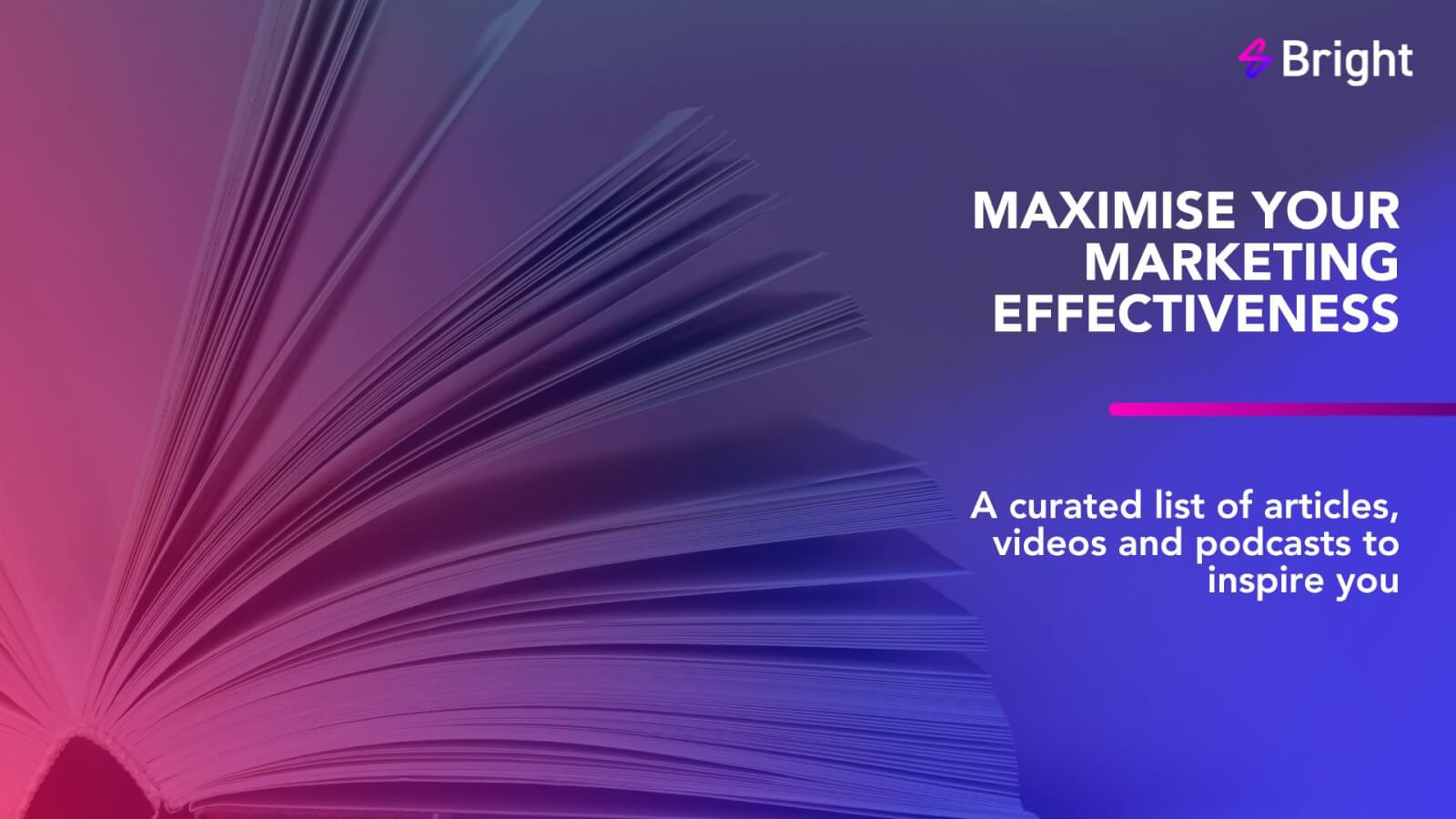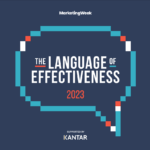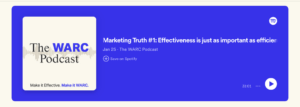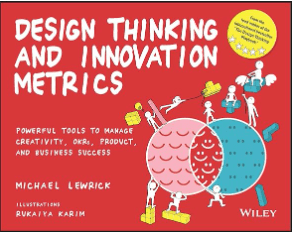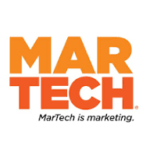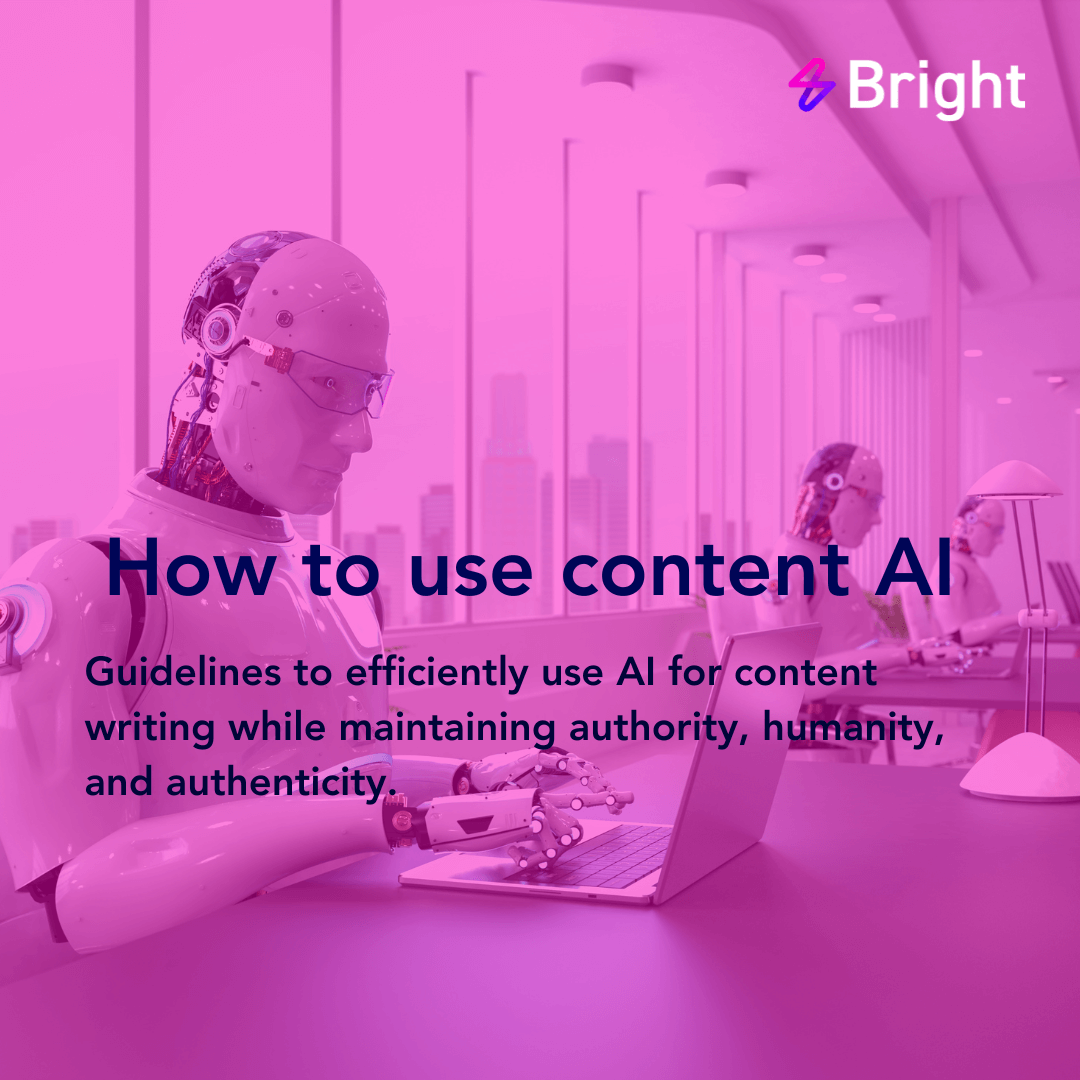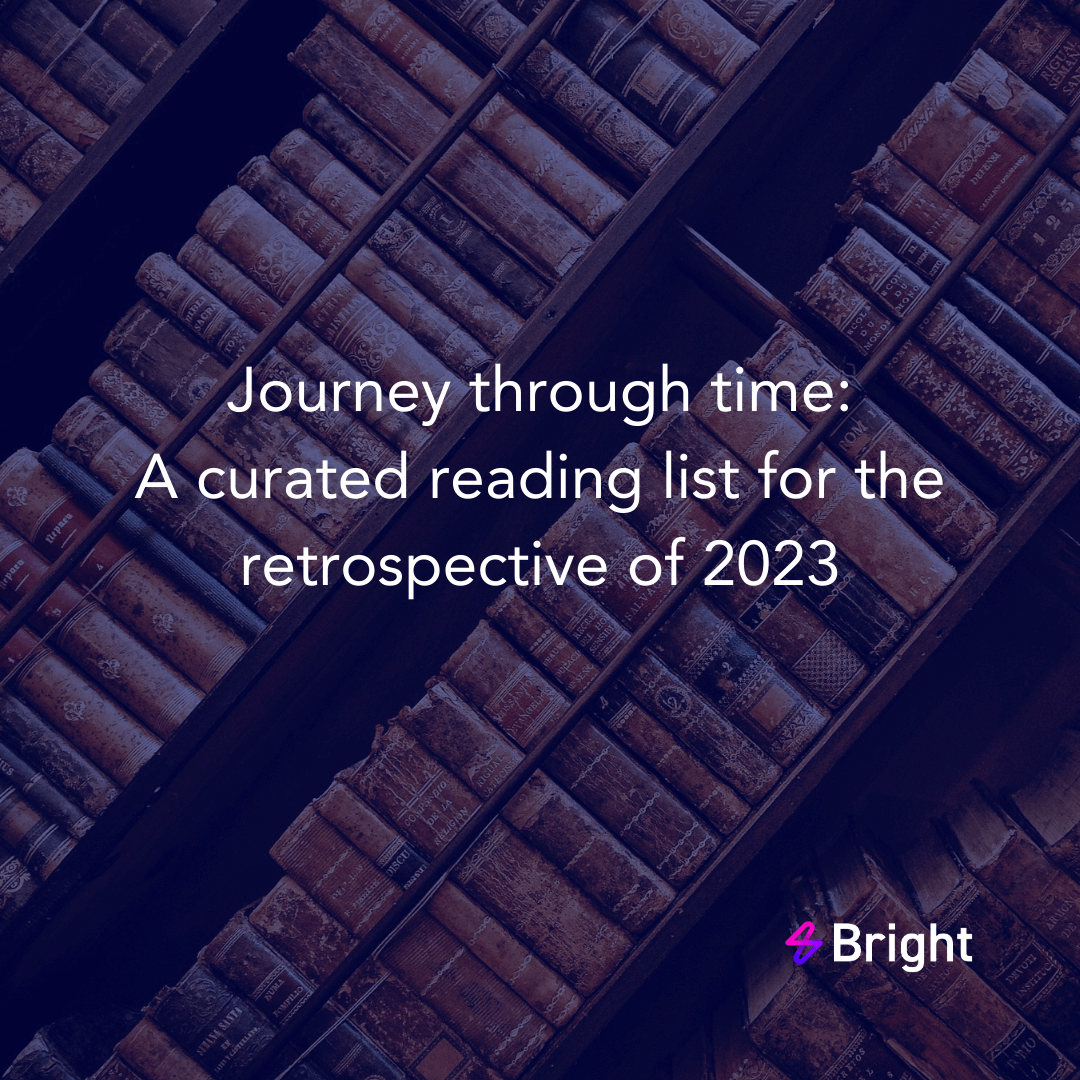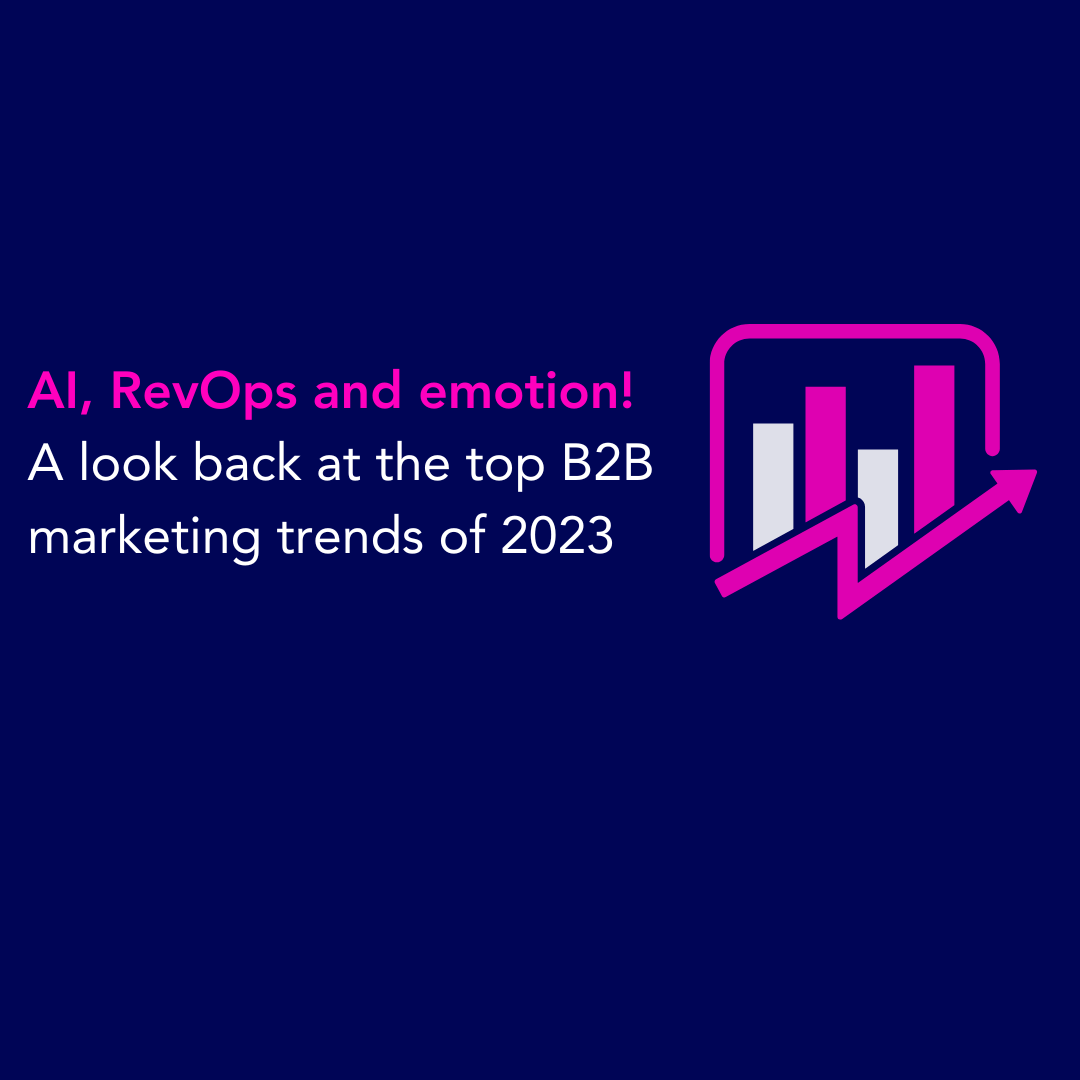Marketing’s remit is forever expanding, requiring a blend of creativity, strategy, and effective project management. One tool that has increasingly become central to effective marketing is the Kanban board. As with any tool, the effectiveness of Kanban boards lies in how they are used and managed.
A key tool in the application of agile marketing, Kanban boards have crossed over from many other industries due to their ease of visualising workflow, managing tasks, and fostering collaboration. Marketing, with its multiple tasks and objectives, can particularly benefit from this approach.
However, a common question arises when everything in Marketing is connected: should we maintain a project-level Kanban board or a tactical one?
Project-level boards vs tactical boards
The project-level board provides a broader view of the whole project, including the diverse tasks needed to achieve a marketing campaign’s goal. It tracks the project’s progress from start to finish, showing the status of all tasks at a glance: what’s been completed, what’s in progress, and what’s yet to be started. It’s like looking at a map of a journey from a bird’s eye view.
On the other hand, a tactical board is more focused. It manages individual or interrelated tasks that make up a project. While this micro-level view can be handy in managing the intricacies of tasks, it might not show how these tasks fit into the overall project, and it can lead to losing sight of the big picture and end up increasing the siloes rather than removing them.
In marketing, where campaigns often involve interlinked activities (content creation, social media promotion, email campaigns, etc.), it becomes more advantageous to opt for a project-level board. This broad outlook ensures that all elements are interconnected and moving in harmony towards the campaign’s overall goal.
Managing your Kanban board
Regardless of the type of board you use, its efficiency boils down to proper management. Here are some tips to guide you:
- Regularly update: Ensure the board is frequently updated with the status of tasks. It should be an accurate reflection of the project’s state.
- Prioritise tasks: Use a system (like color-coding and tagging) to signify task importance or urgency. It helps to focus the team’s efforts on what matters most.
- Limit WIP (Work-In-Progress): Kanban encourages completing tasks before taking on new ones. Set a WIP limit to prevent the team from being overwhelmed and to enhance productivity.
- Feedback and improvement: Have regular reviews and retrospectives. Use feedback from these sessions to streamline processes and improve the board’s functionality.
While tactical Kanban boards can be useful for managing detailed tasks, the interconnected nature of marketing activities makes the project-level board a more effective choice.
Team benefits of Kanban boards
As previously mentioned, Kanban boards contribute to maximise project management efficiency but how do we see the benefits play out within our teams?
Accountability: Teams can prioritise tasks based on the appropriate coding system ensuring high priority tasks are not missed as well as enabling teams to have full autonomy through clear accountability and ownership of tasks.
Simplicity: Kanban boards can be replicated, changed and adapted resulting in a simple, intuitive and swift adoption practice within teams.
Remote collaboration: Whilst we are all still trying to adapt to new ways of working – especially across different verticals, industries and geographical locations – Kanban boards allow cross-functional teams to collaborate without missing key updates – wherever they are in the world!
Well managed, a Kanban board can be a game-changer, promoting transparency, increasing, improving and maximising efficiency, and ultimately, driving your marketing campaign towards success.
If you are looking to improve your ways of working to enhance your team’s agility and effectiveness, our Agile Marketing one-day training bootcamp is a good place to start.
Run by our team of accredited B2B agile marketing trainers and practitioners. Quickly empower your team to:
- Work smarter – make the most of your people, budget, tools and time
- Implement experimentation to drive continual improvement
- Use data & insights to inform decision making
- Demonstrate results and ROI at pace
- Pivot or persevere – easily adapt to market forces
Contact us to find out more about our one-day Introduction to Agile Marketing bootcamp
Resources/reading list:

